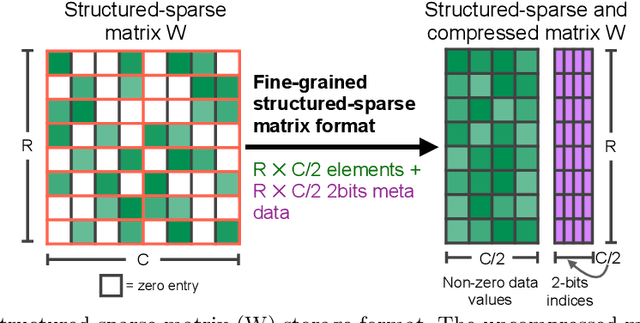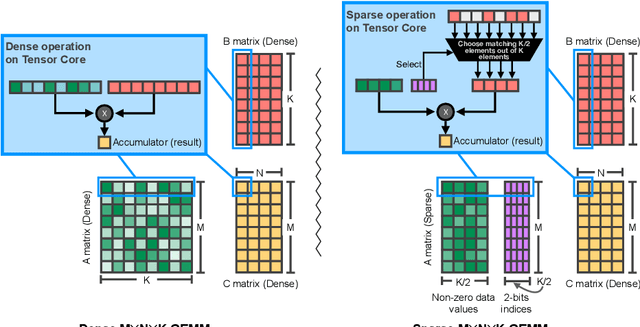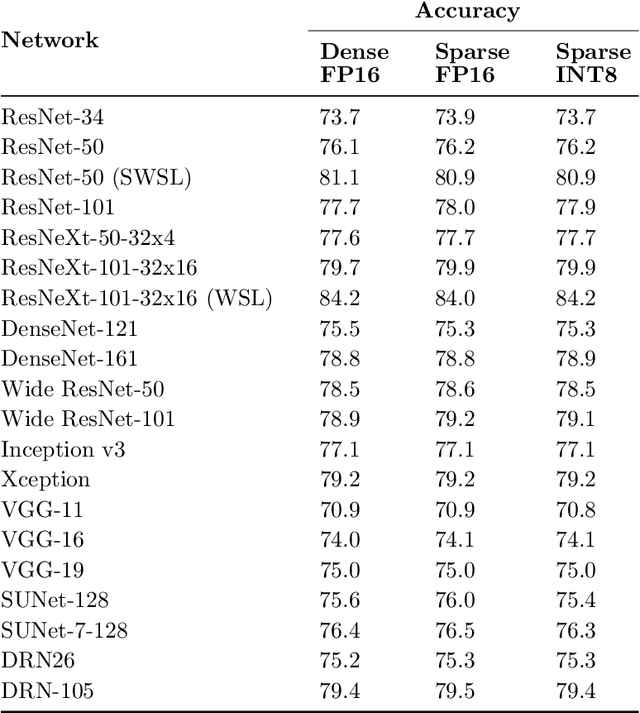Darko Stosic
Distance Metric Learning through Minimization of the Free Energy
Jun 10, 2021



Abstract:Distance metric learning has attracted a lot of interest for solving machine learning and pattern recognition problems over the last decades. In this work we present a simple approach based on concepts from statistical physics to learn optimal distance metric for a given problem. We formulate the task as a typical statistical physics problem: distances between patterns represent constituents of a physical system and the objective function corresponds to energy. Then we express the problem as a minimization of the free energy of a complex system, which is equivalent to distance metric learning. Much like for many problems in physics, we propose an approach based on Metropolis Monte Carlo to find the best distance metric. This provides a natural way to learn the distance metric, where the learning process can be intuitively seen as stretching and rotating the metric space until some heuristic is satisfied. Our proposed method can handle a wide variety of constraints including those with spurious local minima. The approach works surprisingly well with stochastic nearest neighbors from neighborhood component analysis (NCA). Experimental results on artificial and real-world data sets reveal a clear superiority over a number of state-of-the-art distance metric learning methods for nearest neighbors classification.
Search Spaces for Neural Model Training
May 27, 2021



Abstract:While larger neural models are pushing the boundaries of what deep learning can do, often more weights are needed to train models rather than to run inference for tasks. This paper seeks to understand this behavior using search spaces -- adding weights creates extra degrees of freedom that form new paths for optimization (or wider search spaces) rendering neural model training more effective. We then show how we can augment search spaces to train sparse models attaining competitive scores across dozens of deep learning workloads. They are also are tolerant of structures targeting current hardware, opening avenues for training and inference acceleration. Our work encourages research to explore beyond massive neural models being used today.
Accelerating Sparse Deep Neural Networks
Apr 16, 2021



Abstract:As neural network model sizes have dramatically increased, so has the interest in various techniques to reduce their parameter counts and accelerate their execution. An active area of research in this field is sparsity - encouraging zero values in parameters that can then be discarded from storage or computations. While most research focuses on high levels of sparsity, there are challenges in universally maintaining model accuracy as well as achieving significant speedups over modern matrix-math hardware. To make sparsity adoption practical, the NVIDIA Ampere GPU architecture introduces sparsity support in its matrix-math units, Tensor Cores. We present the design and behavior of Sparse Tensor Cores, which exploit a 2:4 (50%) sparsity pattern that leads to twice the math throughput of dense matrix units. We also describe a simple workflow for training networks that both satisfy 2:4 sparsity pattern requirements and maintain accuracy, verifying it on a wide range of common tasks and model architectures. This workflow makes it easy to prepare accurate models for efficient deployment on Sparse Tensor Cores.
 Add to Chrome
Add to Chrome Add to Firefox
Add to Firefox Add to Edge
Add to Edge